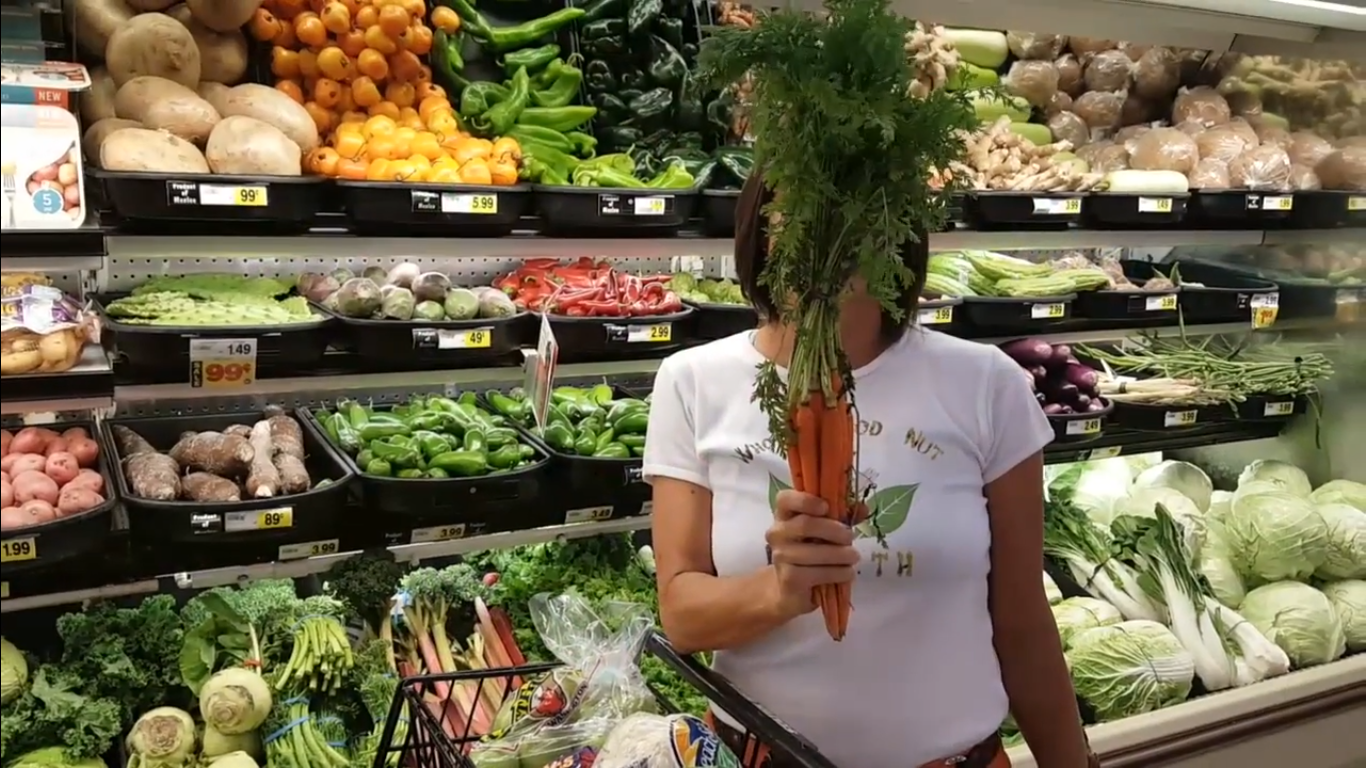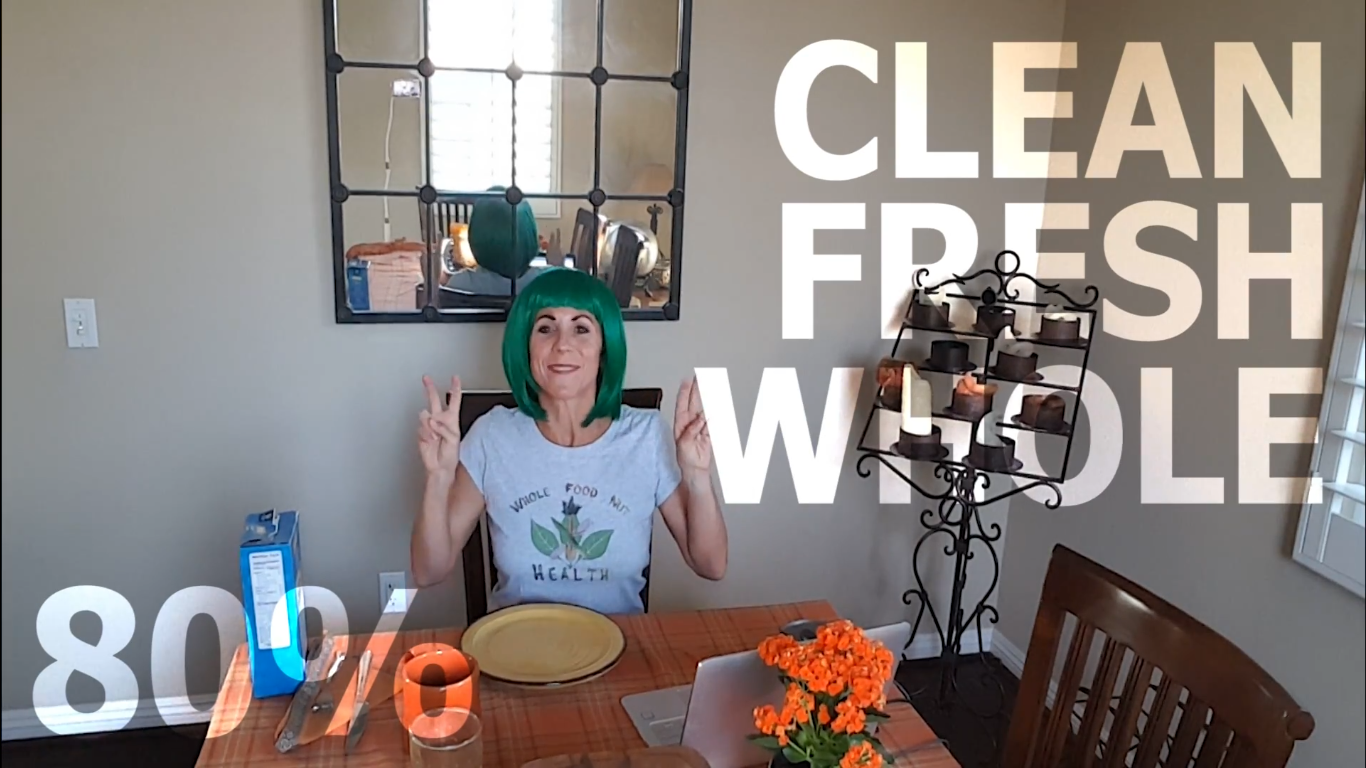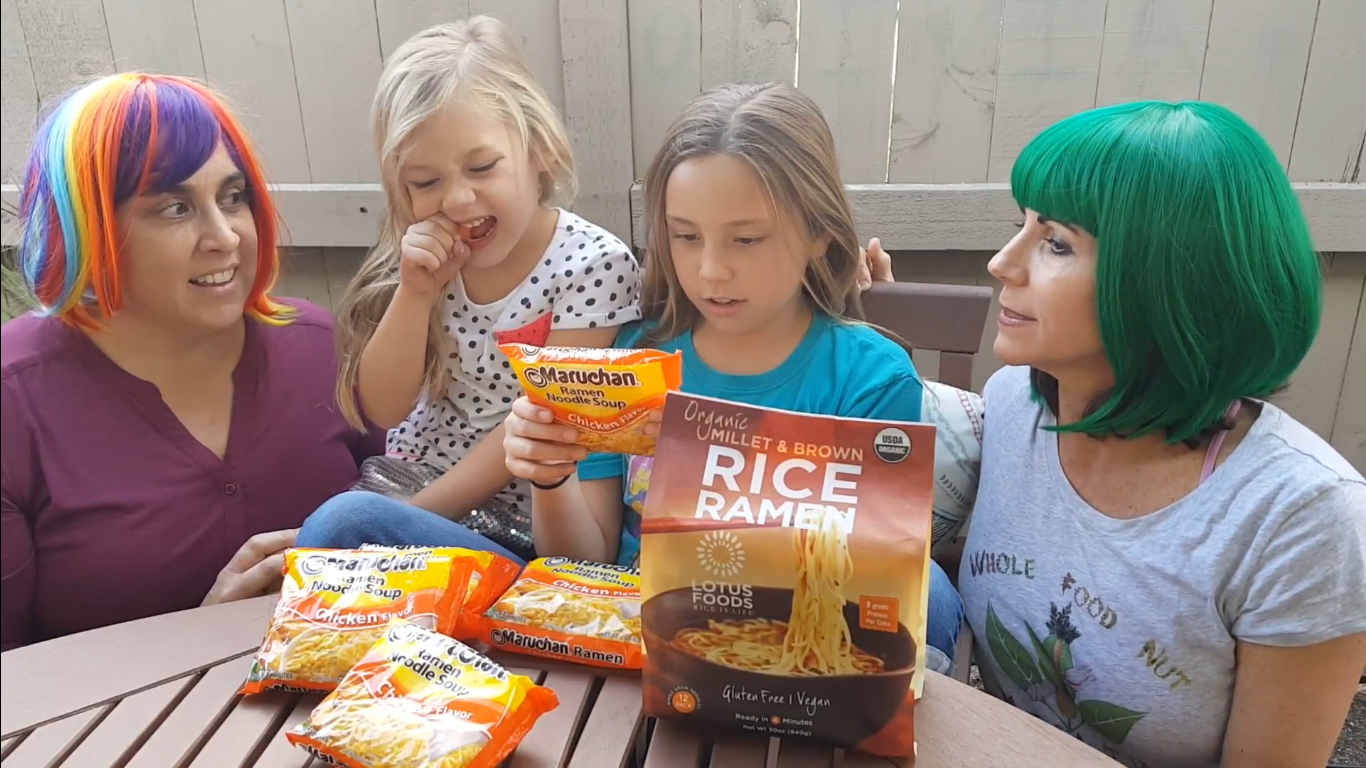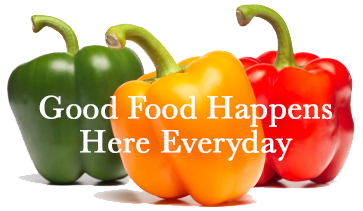Taste Buds
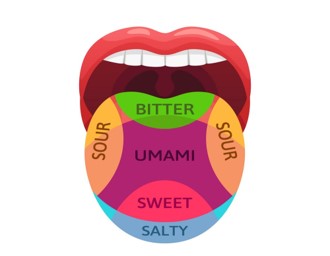
We have 5 primary taste sensations: Sweet, Sour, Salty, Bitter and Umami. Our ability to taste depends on the molecules set free when we chew or drink. Hundreds of substances, mostly found in plants, taste bitter and a little bitterness makes food interesting and very healthy. Antioxidants, which aid metabolism and help the body ward off cancer, account for much of the bitter taste of kale, arugula, dark chocolate and coffee.
At birth we have about 10,000 taste buds, and every 2 weeks these taste buds expire and regenerate like other cells in the body. The good news is you can train your taste buds to prefer different foods with repeated exposure to new foods. Say what?! Think of coffee as a good example. Most people don’t like the bitter taste at first but acquire the taste when repeatedly drinking it.
When the body isn’t flooded with CRAP, carrots and cabbage will start to taste sweet. Imagine that! Are you ready to change those taste buds and start enjoying whole foods? Ever wish you could get as excited about a crunchy salad as you do about chips, fries, or pretzels? Eating food, you don’t like may sound masochistic, but it could be the key to changing your mind (and health).
The best way to start liking a new food is to keep trying it. Just a small amount on your plate is a good start. So, keep trying those artichokes. If you don’t like it boiled, try it roasted or in soup. A lot of the way in which we taste food comes from our mind and the expectations that we build up around food. We often form opinions about food as children, and don’t challenge them as adults. But we can change the way we experience foods.
Studies have shown that associative conditioning, pairing foods with liked flavors, can increase liking of a food. One of the simplest ways is to add veggies to a plate of pasta or rice. Trying to eat too many new things in a short period of time will likely result in you giving up. It’s important not to change too much at once. As most of our food-related habits are subconscious, to change our food behaviors requires conscious effort. Taste one new flavor at a time and take breaks.
If you imagine veggies tasting delicious before you eat them, they are much more likely to taste good. You’ve got to think these foods into a tasty and positive bite. The brain is an incredibly powerful tool, and it can help you overcome your food phobias. Don’t push yourself too hard. Just move slowly, from one food to another, and eventually you’ll find veggies you enjoy.
Lastly, if you don’t have any healthy food around, you’re much more likely to reach for crap. Keep healthy snacks nearby and over time you might start craving them. It might not be easy to retrain your palette, but it is absolutely possible. A study measuring peoples’ reactions to foods with MRI scans of their brains, found giving participants a healthier diet led to increased desire for healthy food and decreased desire for less healthy food.
This is part of what I teach clients in my 8 Step Nutrition Program. Want to learn more? You can find the program here: https://thewholefoodnut.com/8-step-nutrition-program/

